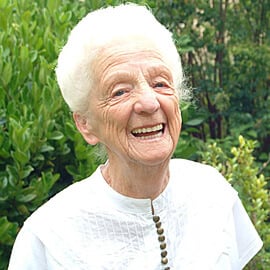Results from the annual Retirement Census conducted by PwC in conjunction with the Property Council have revealed that the number of older Australians choosing to live in a retirement village is increasing, and developers are being urged to keep up with the growing demand.
Hotel-style services, visiting health professionals and increased liquidity from the sale of their family home are credited as some main motivators for homeowners making a shift to downsize into maintainable retirement village living.
Almost 200,000 senior Australians have made informed choices to move into a retirement village, and the number is set to grow over the coming decade. The research showed that retirement villages extend people’s ability to live independently within a secure community and, on average, have access to more than $200,000 in capital from the sale of their home as disposable income.
PwC Real Estate Advisory Partner Tony Massaro says the PwC/Property Council Retirement Census shows retirement village accommodation continues to be an affordable option for the current generation of Australian seniors who, for the most part, own their own homes.
“The national average entry price for a two-bedroom unit is at $424,000. This is almost one third less than the median house price in the same postcode,” Mr Massaro said.
In addition to affordability, retirement living accommodation is also increasingly connected to beneficial health and lifestyle services for senior residents.
More than three quarters of villages surveyed host visiting health professionals, while 28% have aged care within 500 metres of the village, up from 26% per cent last year, and 33% of villages are operated by an approved provider for home care.
“Every city needs vibrancy, diversity, connectivity and inclusion to truly thrive, so it’s exciting to see senior living continuing to evolve to support these needs with a myriad of amenities and care options - from dining to healthcare services to organised social outings.
“As our population ages, and more of us work longer, our cities are going to need to work for senior Australians in ways they never have before,” said Mr Massaro.
The Census also showed the wide variety of services and facilities available for residents to enjoy their retirement lifestyle; 91 per cent have community centres, 84 per cent organise regular community outings and social activities, and 68 per cent allow residents to have pets.






